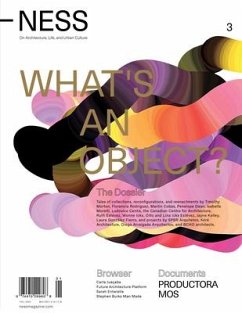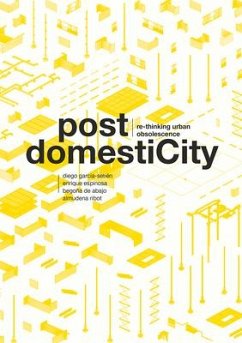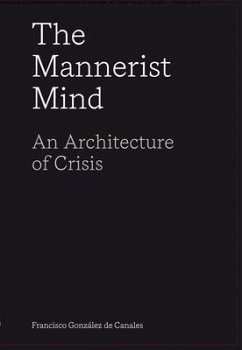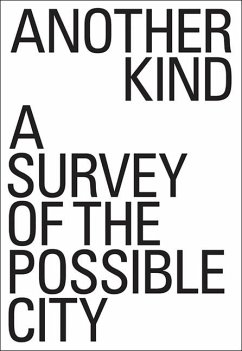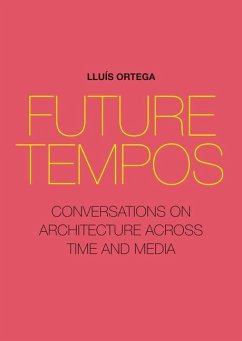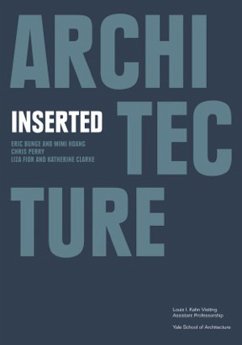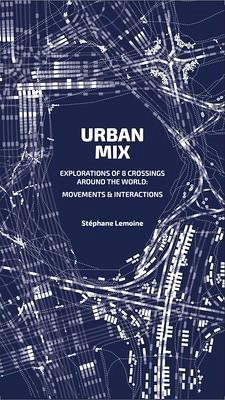
Urban Mix
Visualizing Movement in Eight Crossroads Around the World: Movements and Interactions

PAYBACK Punkte
16 °P sammeln!
Urban Mix explores the devices and attitudes observable in urban crossroads of 8 major world cities. The diversity and complexity of crossings allow variable freedom of movement and define urban life, according to their cultural particularities. Mobility questions our ways of inhabiting the city. They are attached to multiple social approaches, constrained by the geography of the city and linked to the available energies. The frequentation of the city is mainly observed as a saturation or an animation and in an abstract and numerical way. But what is the nature of the movements in the cities, ...
Urban Mix explores the devices and attitudes observable in urban crossroads of 8 major world cities. The diversity and complexity of crossings allow variable freedom of movement and define urban life, according to their cultural particularities. Mobility questions our ways of inhabiting the city. They are attached to multiple social approaches, constrained by the geography of the city and linked to the available energies. The frequentation of the city is mainly observed as a saturation or an animation and in an abstract and numerical way. But what is the nature of the movements in the cities, the daily life of more than half of the inhabitants of the planet? What are the speeds, rhythms, interactions, trajectories, specificities in an urban square? >Many data describes flows, but don't show the dynamics and the diversity of movements. This book focuses on 8 cases around the world and proposes to look at them at a human scale by drawing the paths of each moving element. Movement survey at 8 intersections in Old Delhi/Hauz Qasi Chowk in India, Copenhagen/Rådhuspladsen in Denmark, Tokyo/Shibuyacrossing in Japan, Hanoi/Place Dong Kinh Nghia Thuc in Vietnam, London/Oxford Circus inEngland, Lagos/ Ojuelegba and Alagbede-Igbobi Road and A1 in Nigeria, Sao Paulo/Av.Brigadeiro g Faria Lima and Av. President Juscelino Kubitschek in Brazil and Beijing/Chengfu and Zhongguancun E roads crossing in China




